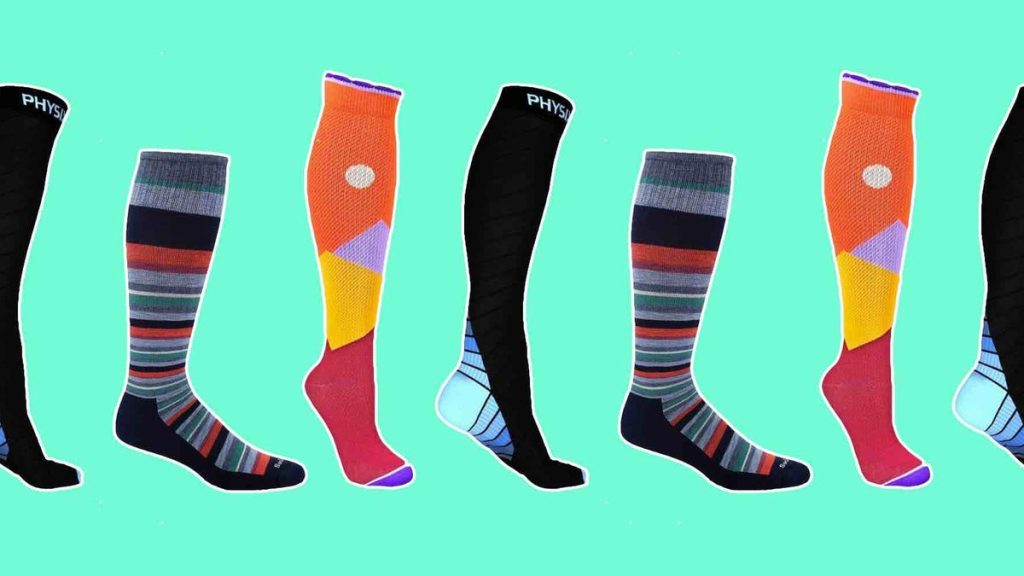Compression socks are available in different levels of compression, ranging from mild to extra firm or severe compression. This is measured in mmHg, with mild to firm compression socks typically being between 10 and 30 mmHg. These are commonly used for work, travel, sports, or mild varicose veins. Extra firm compression socks, with a pressure of 50 mmHg or more, are recommended for more serious conditions like blood clots, medical recovery, or severe varicose veins. Some compression socks come with graduated compression, providing a tighter fit around the ankle and a looser fit higher up for added comfort.
When choosing compression socks, it is important to consider comfort. The ideal compression socks should feel like a gentle squeeze without causing any pain, numbness, or tingling. It is also important to look for socks made with breathable fabric, seamless toes, and other comfort factors that suit your needs. Additionally, compression socks are available in various lengths, from ankle to waist-high, allowing you to choose based on your preferences and needs. Style is another aspect to consider, as compression socks come in different lengths, colors, and styles to suit various occasions.
For special purposes, such as medical issues like preventing blood clots after surgery, it is recommended to look for anti-embolism stockings rather than regular compression socks. Consulting with a doctor can help in choosing the right type of compression socks for specific medical conditions. Prescription-grade compression socks are also available, which are custom-fitted to individual measurements to provide optimal therapeutic benefits. While compression socks may have a higher price compared to regular socks, there are budget-friendly options available for those looking for more affordable choices.
In summary, compression socks offer various levels of compression, from mild to extra firm, to address different needs and conditions. Comfort is an essential factor when selecting compression socks, ensuring they provide a gentle squeeze without discomfort. Consideration should also be given to the style, length, and special use of the socks, such as medical purposes, to find the most suitable option. Consulting with a healthcare professional can help in choosing the right type of compression socks for specific conditions, ensuring optimal benefits and effectiveness. While there may be initial sticker shock due to the price of compression socks, there are cost-effective options available for those on a budget.


